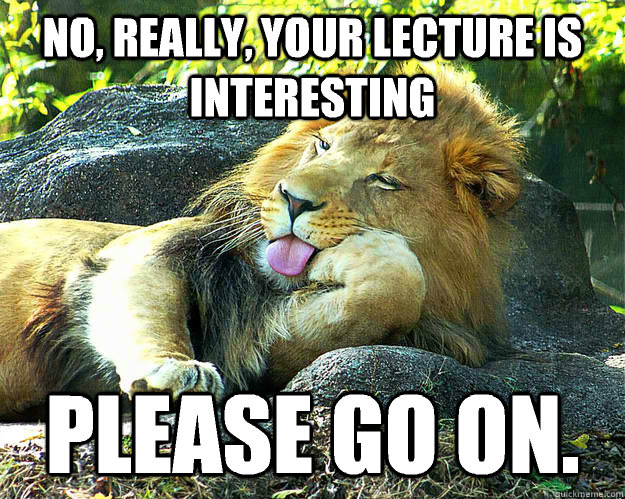Confused? Want to know more? So did so many of my students - and that is the beauty of using hooks when you teach. Students want more information - they crave it. It's torture to NOT give them knowledge.
Here is how a typical science lesson can go:
Teacher - "OK, we've been studying about elements. We know how to arrange the electrons in the first twenty elements pretty well, and I'm pretty sure you know how to calculate the number of protons, neutrons, and electrons, so now you will all become an expert on one element. You'll have to pick an element and do research on it. You need to find out the key components of that element - the ones we have been talking about: melting and boiling points, period, group, as well as some interesting facts about the element. Be sure to also include a Bohr's model. You'll put everything on a poster and present it on Monday. I'll give you some class time today to get started."
The teacher is giving the information, telling the students what they know, and letting them know what the expectations are. Picture what the students are doing while this information is being disseminated. Are they focused? Are they interested? Are they engaged? Are they looking interesting facts up before you even tell them to do so?
Would you want to be in this classroom?
(Drab is elemental for "boring and non-pirate-esque")
In the book Teach Like A Pirate by Dave Burgess, you get dozens of great hook ideas, ways to transform lessons, and a chance to reflect on your pedagogy within the classroom. I always felt I was a pirate-type teacher, but his presentation at The Association for Middle Level Educators really tied it together for me.
Here is how my science lesson looked:
First, as the students came into the classroom they saw me in the back of the room around a small doll bed. I look down at the bed, smile, say I've gotta go teach now, cover up something in the bed, and head to the front of the room.
Props - one of the keys to teaching like a pirate!
A girl named Lauren was the winner, pulling ahead on the final question, and got to do her victory lap dance around the classroom as we applauded.
This was the final question that gave her the win. There were massive protests.
The students - now fully engaged in the class - are told a bit about my evening. I got approval to adopt a new baby. His name is Neon and he's gorgeous - a beautiful orange red baby! I show them the adoption papers and explain that the adoption agency allowed me to let students also adopt elements that weigh between 3 and 20 AMUs.
Students are directed to their notebooks. They look at what elements this might include. They connect that these are the first 20 elements except for Hydrogen and Helium. My class is only 16 students, so I tell them that each baby element can only be adopted once. I also told them I'm not giving up my baby, so Neon is also out!
We then use instant classroom to hold a 'draft' as to which element they get to adopt. After a student makes a selection, I give them their new 'baby' - with artwork designed by Kacie D.
From there I shared both my example adoption paper as well as a template for them to create their own paper. Students already had links to resources to complete the assignment. I explained that adoption papers were due by Monday. It didn't matter - many of the students wanted to get started right then.
Now, this lesson wasn't without issues. Upon reflection, I didn't do as well as I could have during the 'draft' portion. Students were choosing elements that they knew other students wanted, and at times were laughing at how some of the elements looked. I did address this the next day, but I could have done a much better job of community building by addressing these issues immediately.
However, this lesson got every student EXCITED to have a deeper understanding of one specific element. Students were asking if there was a limit to how many fun facts they could research - can they do their own art work - could you make a bigger poster? Teaching like a pirate changes student engagement WITHOUT changing content. In fact the content tends to go deeper and becomes more intrinsic because of the thrill that comes with the learning.
Teaching like a pirate transforms your classroom - what pirate stories do you have? How do you hook your students?



This is a really fun idea of how to get students interested in researching the elements!
ReplyDelete